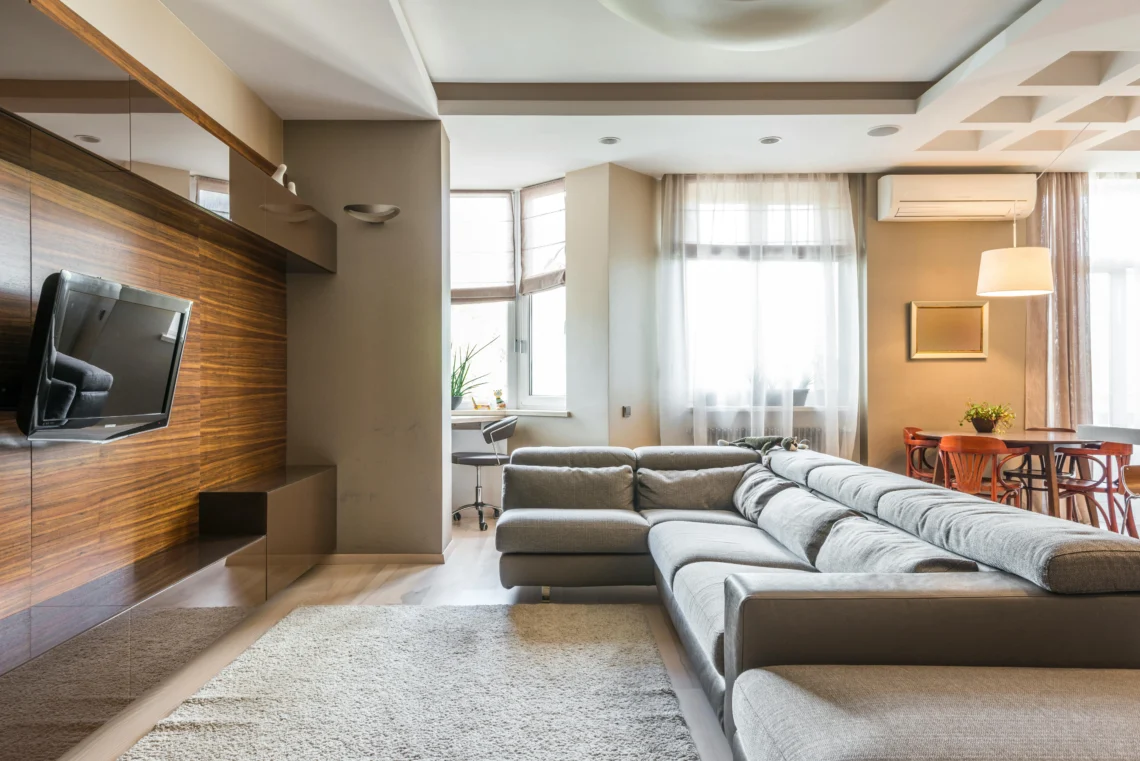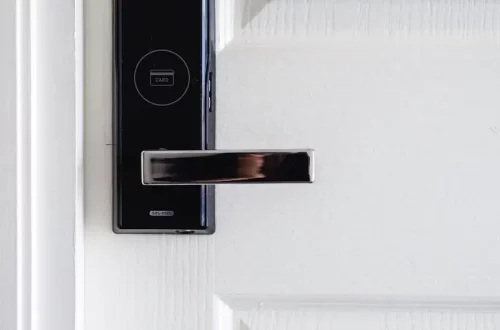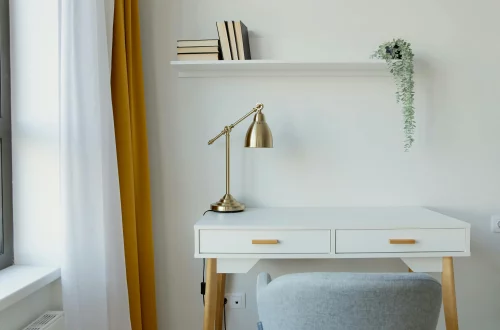When the cold settles in the city, living rooms become true retreats. This Winter 2025 season, trends revolve around the essentials: colors that soothe and objects that tell stories. It’s no longer just about decorating, but about feeling the space and creating an environment that inspires and reflects the way we want to live.
Article Content
- 1. Sensory wellbeing
- 2. Aesthetic sustainability: materials with history
- 3. Neo-comfort: the new luxury of silence
- 4. Invisible technology
- 5. Micro connection spaces
- 6. Colors that tell stories
- 7. “Slow lighting”: the new lighting trend
- 8. Small everyday luxuries
1. Sensory well-being
Interior design now goes beyond the visual. Living rooms are no longer spaces meant to be “shown,” but places that stimulate the senses and promote emotional well-being. This well-being starts with scents: subtle fragrances of wood, green tea, or linen bring a feeling of cleanliness and comfort without overwhelming the space.
Lighting becomes more dynamic and emotional. Neutral light in the morning helps your guests activate their minds, while warm light in the evening encourages them to relax. And for winter nights, adding soft indirect lighting can make all the difference and create an immersive atmosphere.

2. Aesthetic sustainability: materials with history
Sustainability is no longer a trend—it’s becoming an emotional value. Objects that carry a story have gained importance, and aesthetics are becoming more conscious, giving equal weight to the origin of each item and the impact it leaves in the space.
Some of the best ways to bring aesthetic sustainability into your living room include using reclaimed wood, handmade ceramics, and recycled fabrics. Pieces crafted from these materials evoke tradition and craftsmanship. For textures, you can incorporate a rug woven with organic fibers or a locally made ceramic lamp, conveying a sense of respect for the environment. Durable materials are prioritized over “use and throw,” rediscovering the value of restoring and reinventing what already exists.
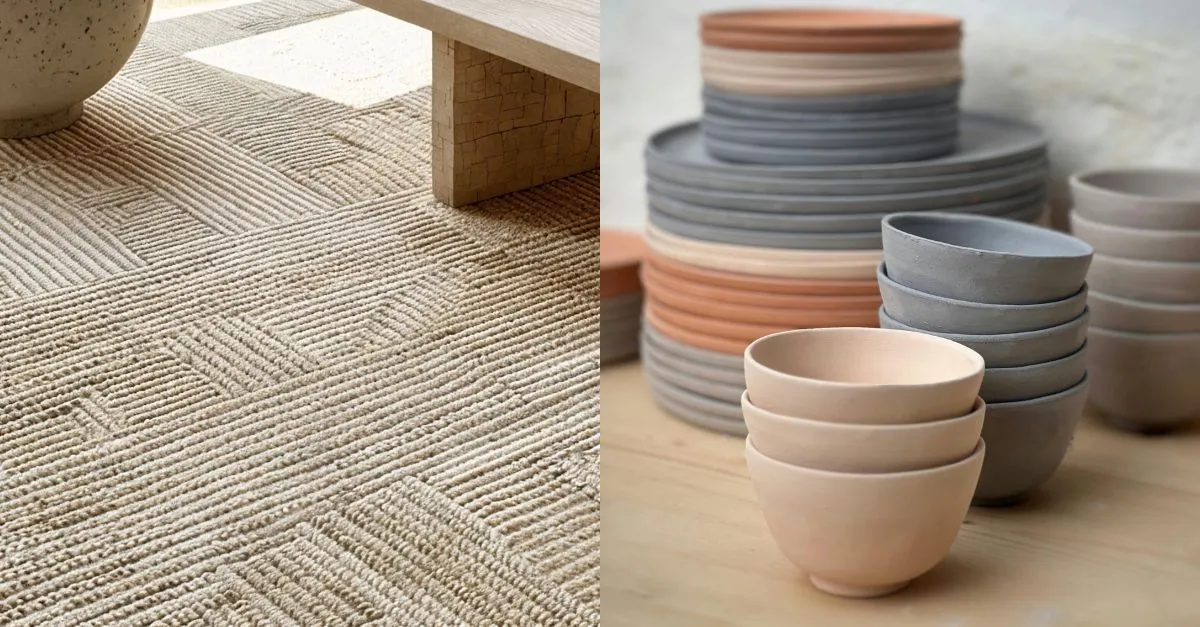
3. Neo-comfort: the new luxury of silence
Luxury is no longer measured in square meters or designer objects, but in a space’s ability to convey calm. Today, true privilege lies in living surrounded by serenity.
Colors take on a new softness: sandy tones, clay gray, and muted moss dominate the palettes because they blur the boundaries of the room and create a sense of balance. Instead of strong contrasts, subtle transitions are preferred—tones that flow naturally, as if the living room were breathing in peace.
Comfort is something you hear, too. Acoustic curtains, thick rugs, and broadleaf plants help absorb sound, creating an environment that invites disconnection. Texture once again becomes an ally of well-being: wool, cotton, and matte woods that soften both light and noise.
This new luxury of silence is especially valuable in urban apartments, where comfort doesn’t depend on size, but on the feeling of refuge. A space that is quiet, soft, and serene becomes a true antidote to the fast pace of the city.

4. Invisible technology
The interior design of the future no longer aims to showcase technology, but to integrate it subtly to enhance the experience without disrupting the aesthetics of the space. In 2025, innovation becomes quiet — it’s there, but barely noticeable.
Smart devices are evolving into more discreet and functional solutions. Instead of filling the living room with cables or visible gadgets, technology blends into the design through hidden USB sockets, integrated LED lighting in shelves or baseboards, and built-in speakers that fill the room with sound without taking up space.
TVs that disappear into decorative panels or voice controls built into lamps and thermostats reflect this new way of understanding comfort. The goal is to restore visual calm and maintain the warmth of the environment without giving up digital convenience.
This trend fits perfectly in contemporary urban apartments, where every meter matters. This so-called invisible technology combines efficiency with artisanal aesthetics, creating a balance between modernity and warmth. The real advancement isn’t about having more devices — it’s ensuring the space still feels human, even when it’s smart!
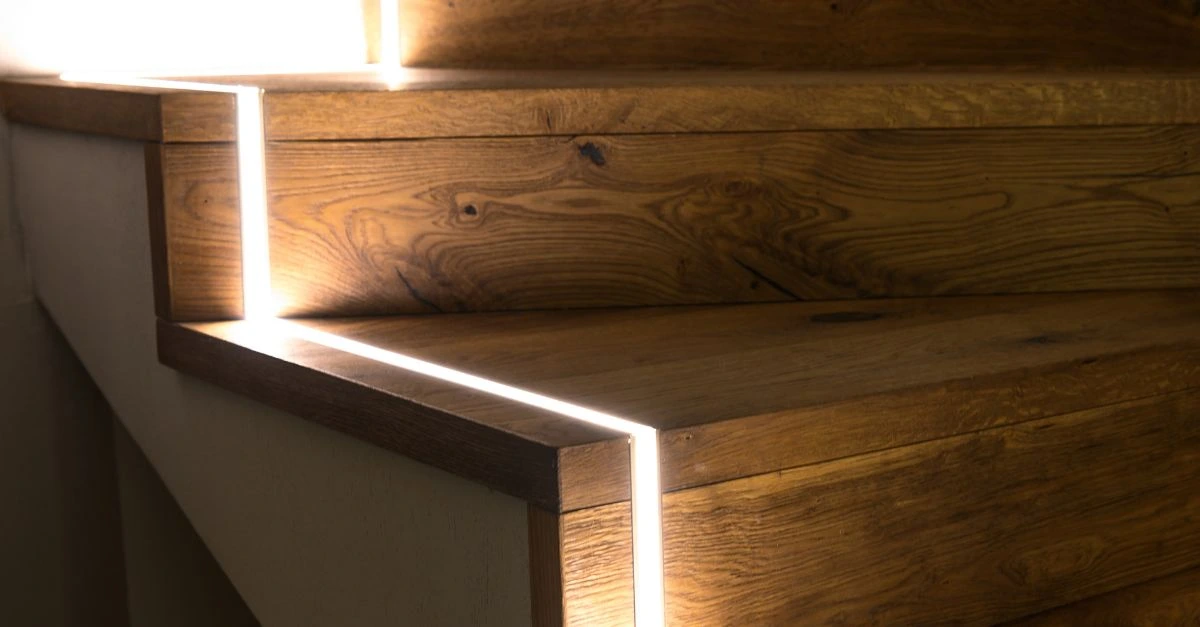
5. Micro connection spaces
In an increasingly digital and fast-paced world, living rooms are being redesigned to restore human connection. The trend known as “social corners” encourages creating small nooks that promote togetherness and bring back the home’s role as a shared space. It’s not about major renovations, but about paying attention to details and transforming even one square meter into a meaningful meeting spot.
The ideas are simple but effective. A small coffee counter next to the sofa invites guests to slow down and enjoy conversation. Round tables replace rectangular ones to encourage dialogue and closeness. And reading corners with strategically placed lighting become personal hideaways where guests can rest and disconnect. Everything is designed to create warmth, closeness, and truly shared moments.
This approach is especially suited to urban apartments, where space is limited. Designing functional micro-zones increases the perceived value of the living room without requiring major investment.

6. Colors that tell stories
Color is no longer chosen just for fashion, but for the emotion it evokes. This Autumn–Winter season, living rooms are dressed in shades that convey calm and authenticity. The trend aims for each tone to say something—whether it’s a memory, a feeling, or a way of being.
Cocoa brown stands out as one of the leading tones, offering warmth that evokes a sense of embrace and security. In contrast, slate blue brings balance and elegance, ideal for softening the intensity of earthy tones while maintaining serenity.
Clay red, with its Mediterranean character, connects with nature and artisanal tradition, recalling pottery and earth. Finally, buttercream is becoming the new neutral: soft and versatile, acting as a bridge between warmth and brightness.
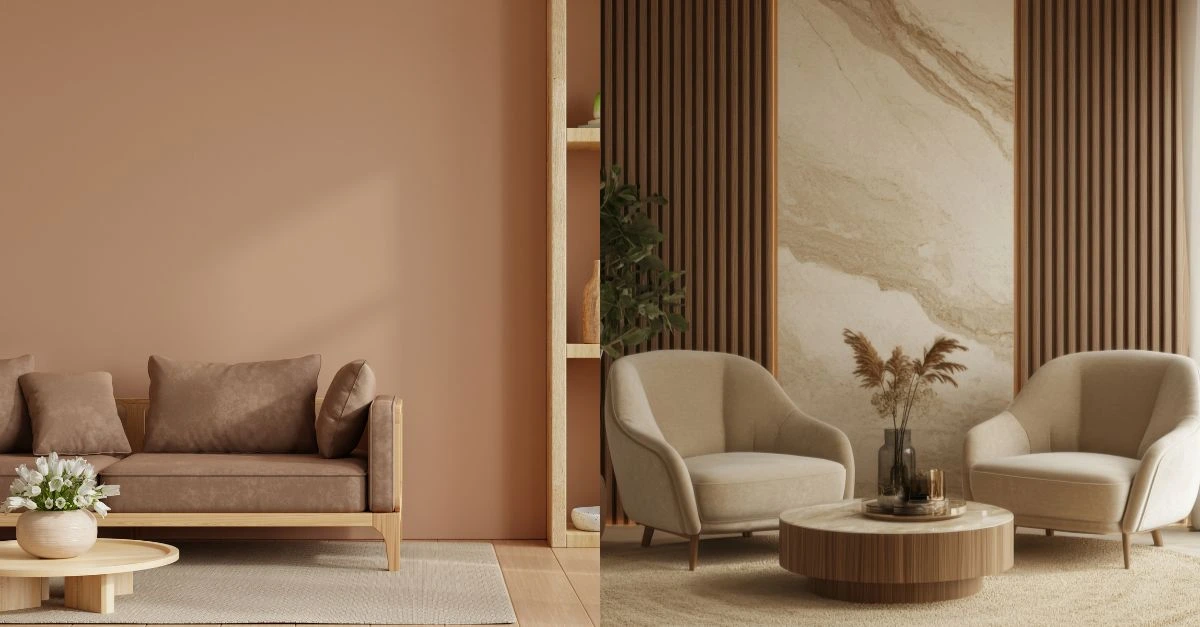
7. “Slow lighting”: the new lighting trend
In this year’s interior design, lighting stops being just a functional element and becomes a true well-being tool. The concept of “slow lighting” arrives—a trend that seeks for light to follow the natural rhythm of the day and the body, helping to create human, balanced environments.
It’s not only about choosing warm light, but about adjusting intensity and tone depending on the moment. In the morning, soft neutral light boosts concentration. Textile lampshades, indirect lighting points, and smart vintage bulbs with color control are all gaining traction.
The right lighting transforms how the living room feels: it can make it spacious, warm, or cozy, depending on the tone. But be careful—lighting can also work against you: a single poorly chosen light source can break the harmony of the entire room. That’s why the new lighting luxury isn’t about the number of lamps, but about using light with sensitivity to nurture the senses.
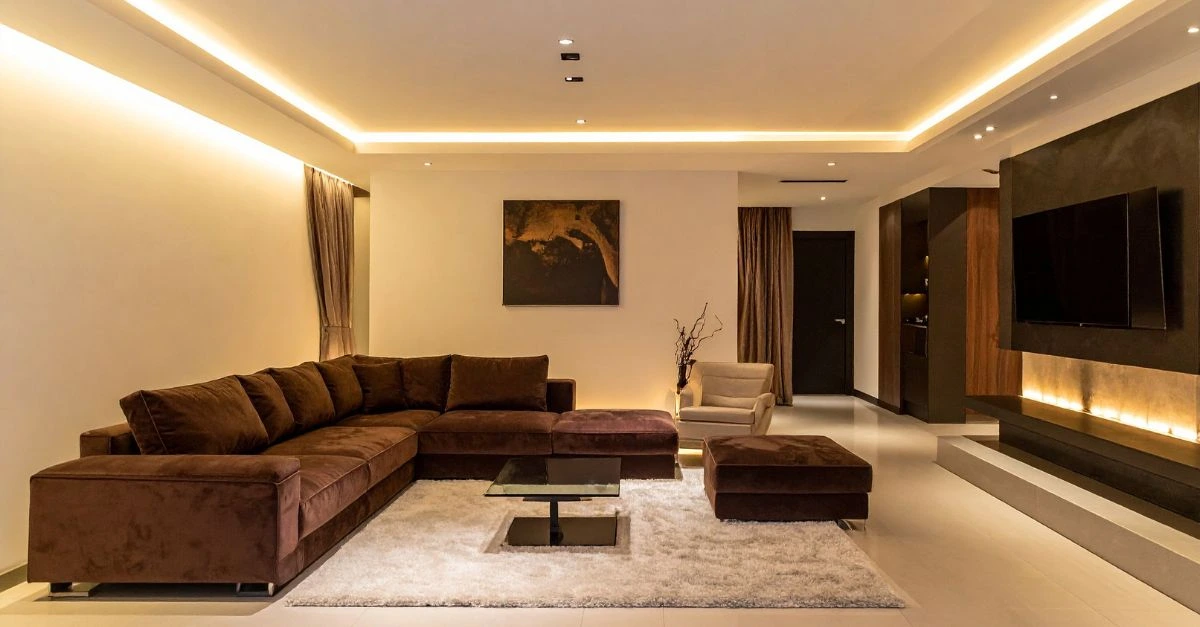
8. Small everyday luxuries
Luxury is no longer measured by appearance, but by how a space makes us feel. It’s now defined through small gestures that turn the everyday into an experience, whether it’s lighting a candle or enjoying a moment of silence after a long day.
A wool blanket on the sofa, scented candles with woody or linen notes, or a diffuser that perfumes without overwhelming all help create comforting atmospheres. Every choice matters, and the goal isn’t to fill the space, but to care for it.
Ultimately, today’s interior design focuses on crafting experiences that add value to the accommodation. Beyond aesthetics, every texture, color, and lighting detail influences how a guest feels in the space. In an increasingly demanding market, these small gestures make the difference and ensure guests remember not just the apartment, but the feeling of well-being they experienced there.

If you found this article useful, feel free to visit our blog for property owners. If you’re a property owner and would like to make an enquiry, get in contact with our team—we’ll be happy to help!

